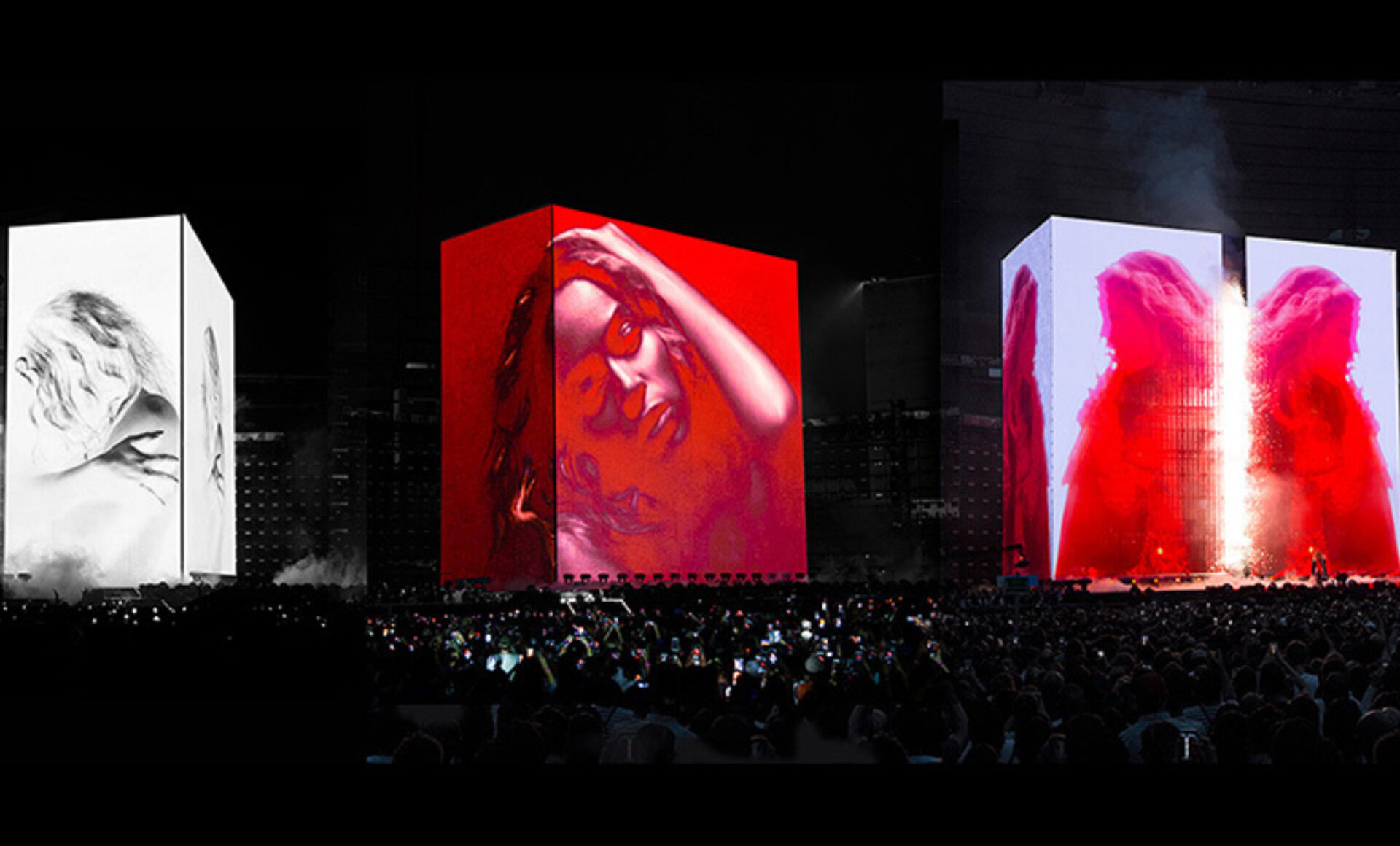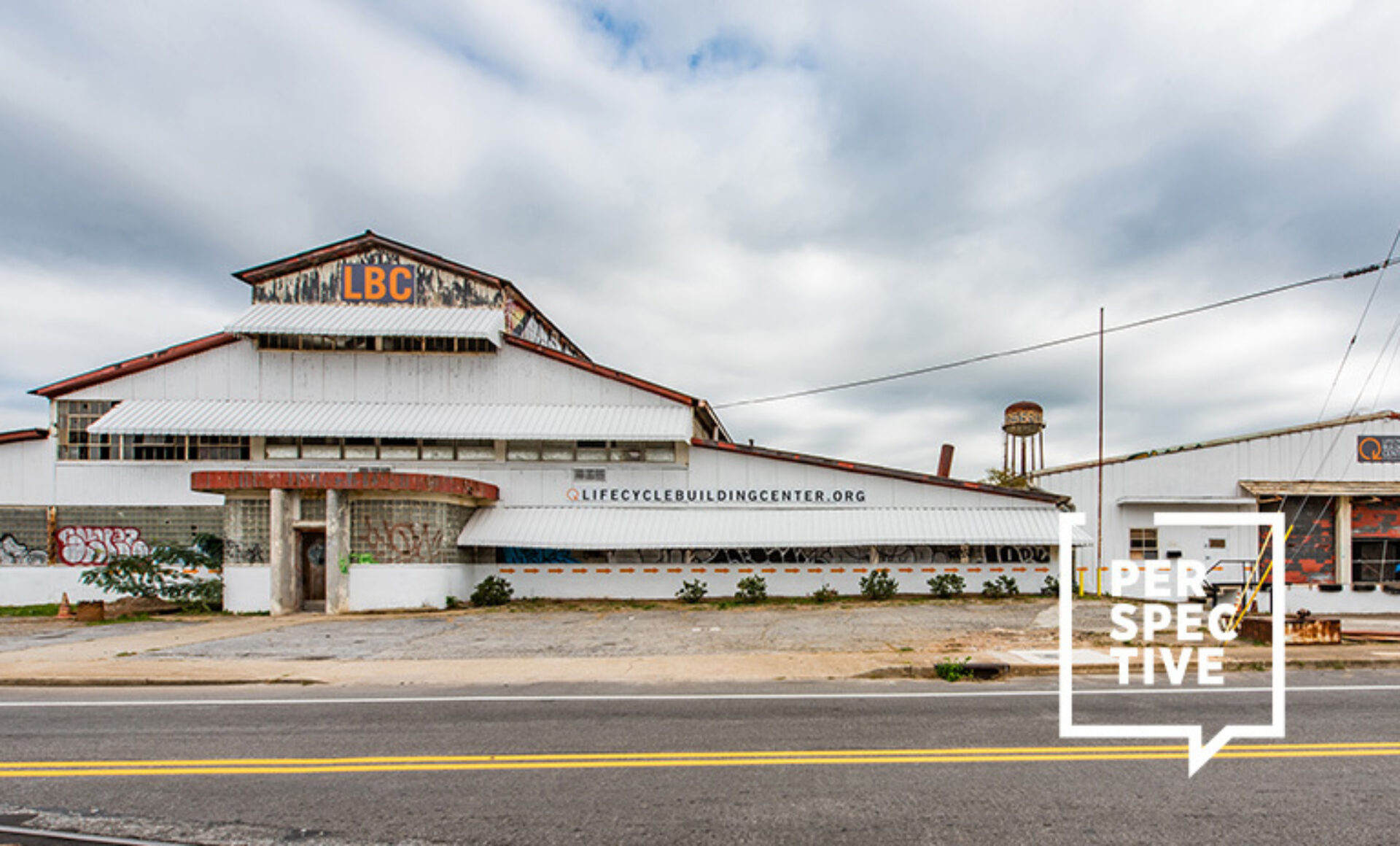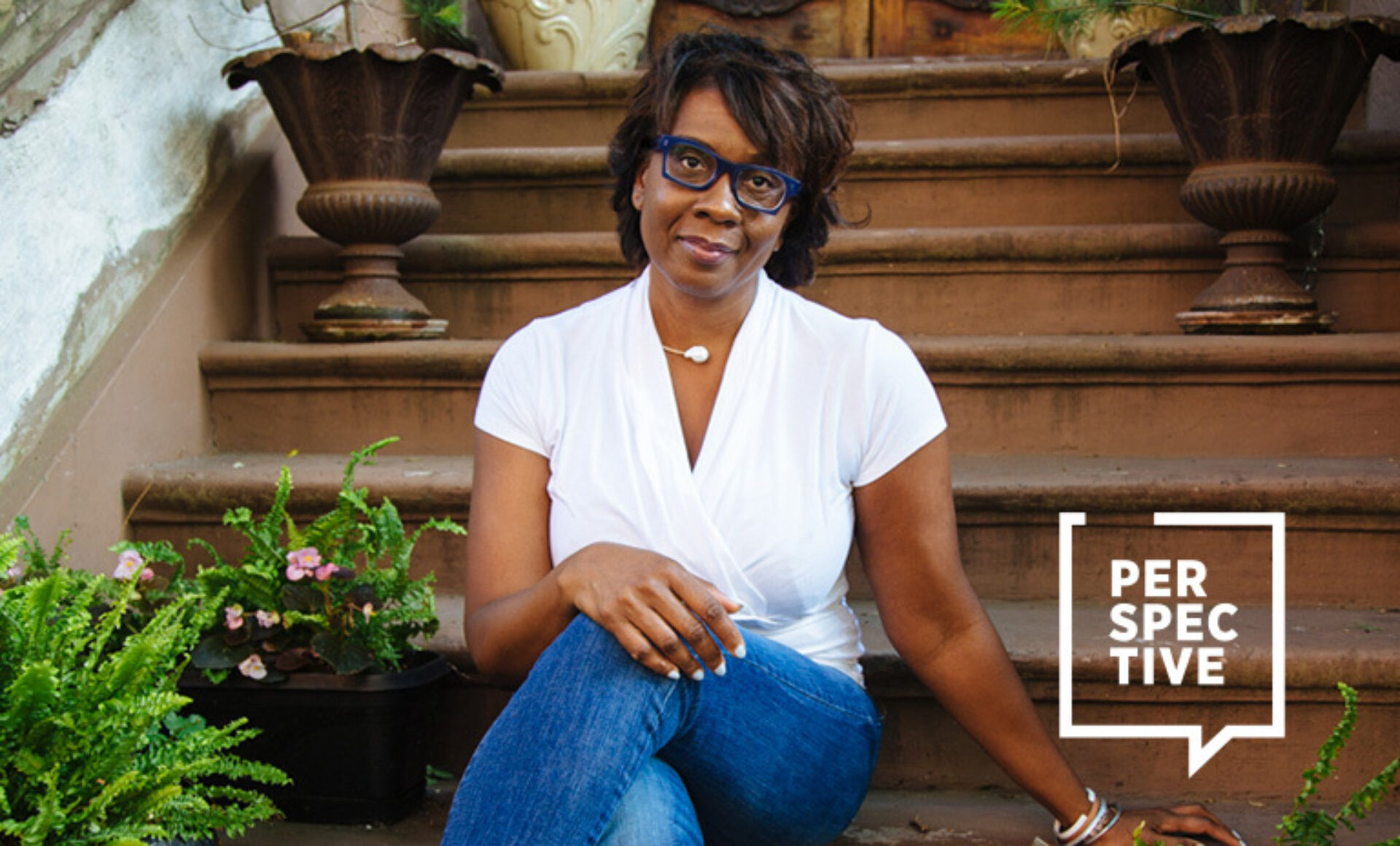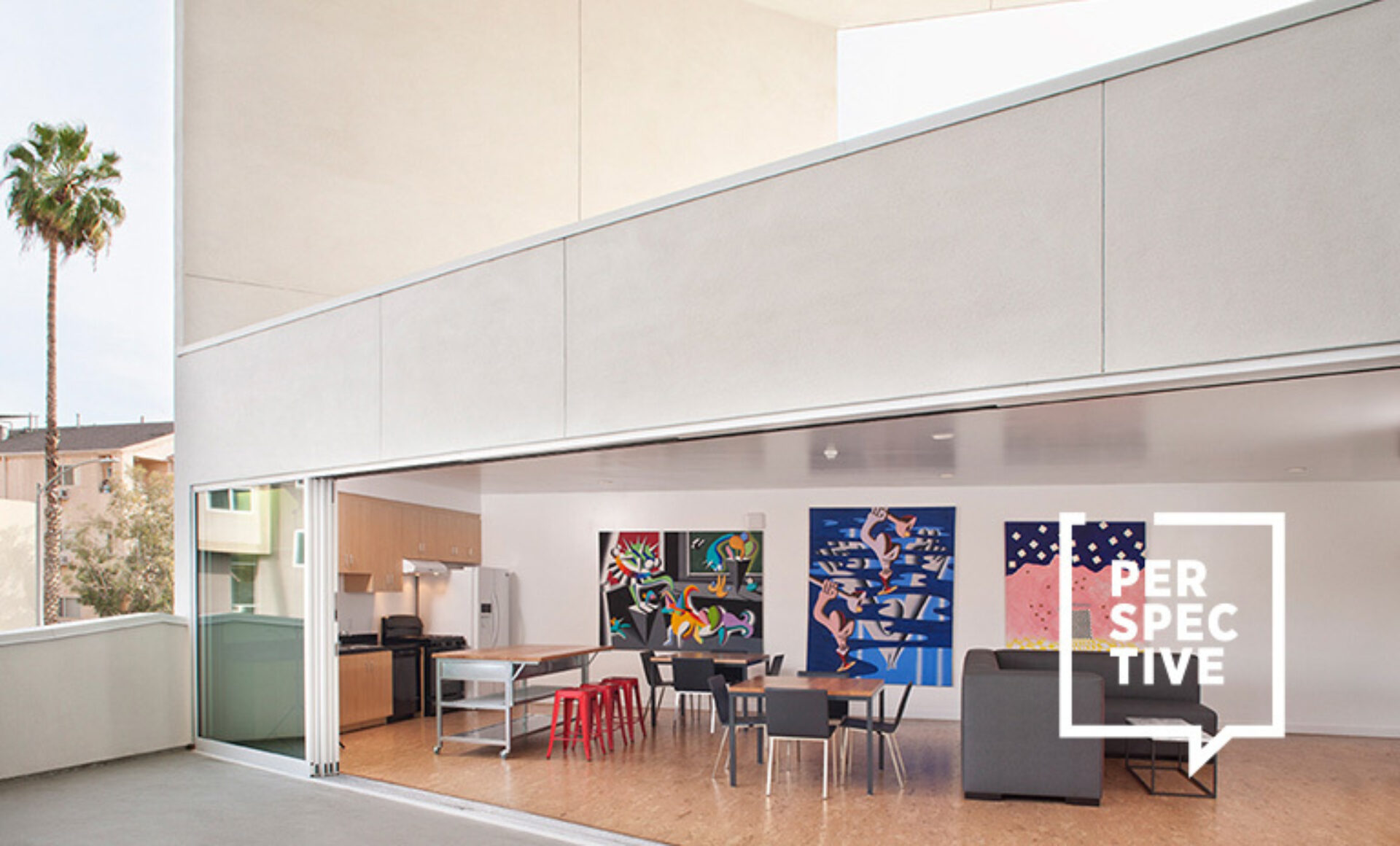The design industry is full of new ideas about what the future of design looks like. Continuously pushing the boundaries of sustainability, designers are considering new ways we can transform a space that meets the needs of the ever-changing world we live in. Innovative and sustainable solutions are leading the way to a new era of designing for people, space, and community—one that seeks to reduce negative environmental, social, and economic impacts and is focused on improving our health, well-being, and quality of life in general. We highlight five practical approaches to sustainability that are true examples of using the world around you as inspiration to create amazing products.
Studio Yumakano
ForestBank project
Studio Yumakano’s ForestBank project expands the use and formability of wood. By blending wood from forests in Hida, Yoshino cedar from Nara, and scraps from construction sites, they created an entirely new transformative material that they then used for their furniture collection, including unique tabletops, chairs, and desks. This idea came from researching the possibilities of forest debris and redefining how we think about materials like foliage, bark, seeds, and soil. Innovation and sustainability are at the forefront of this project as Studio Yumakano uses materials from the world around them that others may see as just “useless.”



Myceen
Mushroom Mycelium Lampshades
Myceen is another notable firm that uses materials from the world around them to create unique products. Their B-Wise lampshades from this collection are made from mycelium, better known as the vegetative part of a mushroom or fungus growing underneath the surface. For each lamp, the designers use a mold and fill it with mycelium, organic material from timber and sawdust along with a straw for the mycelium to grow on. The lamp does not contain any chemicals or synthetic additives making it sustainable and compostable.



Timbur
Stack Collection
Timbur’s Stack Collection blends distinctive and complex designs to create a refined line of remarkable sculptural furniture pieces. This forward-facing design uses the lamination process to build materials from sheet stock and then are three-dimensionally re-built, assembled, and finished. The furniture in this collection can be used in both residential and hospitality settings and the products are made using Forest Stewardship Council certified plywood designed to minimize material waste.



Gianfranco Frattini
Kyoto Table
Reissued by Poltrona Frau in its 2021 Collection, the Kyoto Table combines the elegance of wood with the intricateness of Japanese culture. The attention to detail in the creation of this product demonstrates the bold and elemental use of wood as raw material. The added black finish was painted directly on top of the wood to reduce the textural impact of the wood, giving the table a more modern and sleek design while staying true to the traditions of Japanese culture. The Kyoto Table is permanently a part of the Italian Design Collection at Triennale Milano.



Interface
Beaumont Range Carpet Tile Collection
Interface’s new carpet tile collection combines nature and well-being making a new design that is also carbon neutral and recyclable. Nature is all around us and what better way to bring the outdoors into the home than by using transformative designs! By creating a product that decarbonizes the built environment, Interface introduces designers to a practical and innovative design that puts them on the path to creating more sustainable spaces at an affordable price. The introduction of the Beaumont collection is just one way the firm maintains its commitment to sustainability.









